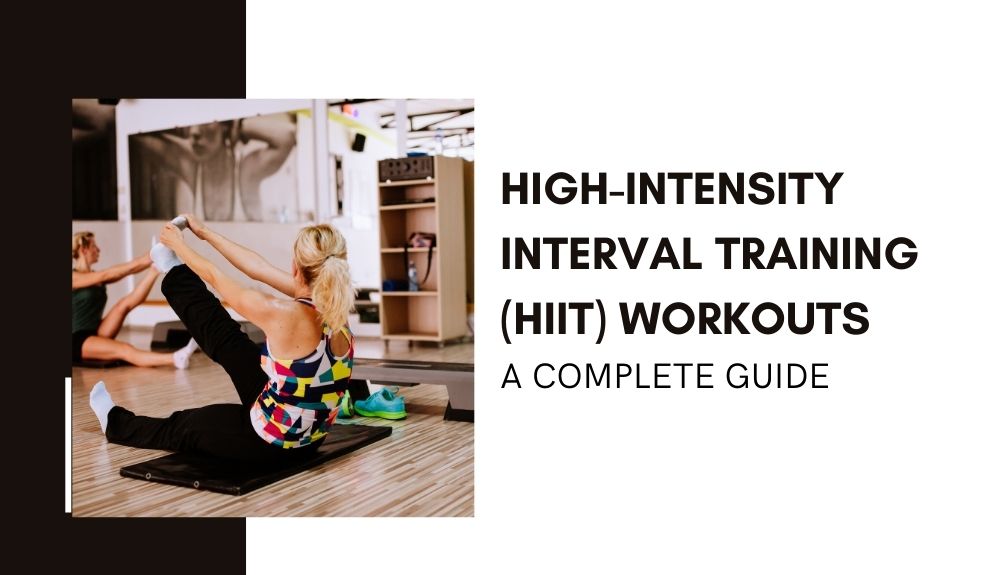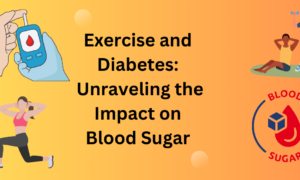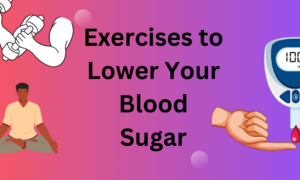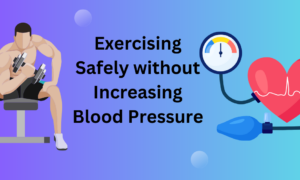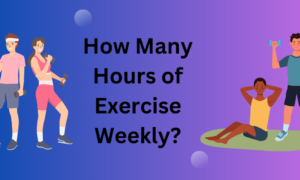Introduction to HIIT
Welcome to the world of High-Intensity Interval Training (HIIT) workouts, where sweat meets satisfaction and results are maximized in record time. If you’ve been searching for a workout routine that delivers maximum impact with minimum time commitment, then HIIT might just be your new best friend. In this complete guide, we’ll dive into the why’s and how’s of HIIT, debunking common misconceptions along the way. Get ready to rev up your metabolism, torch those calories, and unleash your inner fitness warrior as we embark on an exhilarating journey through the world of HIIT workouts! So grab your water bottle, lace up those sneakers, and let’s get started!
Benefits of HIIT Workouts
High-Intensity Interval Training, or HIIT, has gained immense popularity in the fitness world for its numerous benefits. Let’s explore why this form of exercise is so effective and how it can help you achieve your fitness goals.
1. Efficient and Time-Saving: One of the biggest advantages of HIIT workouts is their efficiency. With short bursts of intense exercise followed by brief recovery periods, you can get a full-body workout in as little as 20 minutes. This means you can squeeze in a high-intensity session even on your busiest days.
2. Increased Fat Burning: If torching calories and shedding excess fat is your goal, then HIIT workouts are perfect for you. The intense nature of these exercises increases your heart rate and metabolism, allowing you to burn more calories both during and after the workout.
3. Improved Cardiovascular Fitness: Regularly incorporating HIIT into your routine helps improve cardiovascular health by strengthening the heart muscle and improving blood flow throughout the body. Over time, this leads to increased endurance and stamina.
4. Preserves Muscle Mass: Unlike steady-state cardio exercises like jogging or cycling, which may cause muscle loss over time, HIIT workouts are designed to preserve lean muscle mass while burning fat. This makes them an ideal choice for those looking to tone up while losing weight.
5. Boosts Metabolism: Another significant benefit of HIIT is its ability to boost metabolism long after the workout is over through a phenomenon called excess post-exercise oxygen consumption (EPOC). This means that even when you’re resting or sleeping, your body continues to burn calories at an elevated rate.
6. Improves insulin sensitivity:
HIIT workouts have been shown to enhance insulin sensitivity in individuals with type 2 diabetes or prediabetes.
This allows cells in muscles,such as glucose transporters,to take up sugar from the bloodstream more efficiently, resulting in lower blood sugar levels.
How to Get Started with HIIT
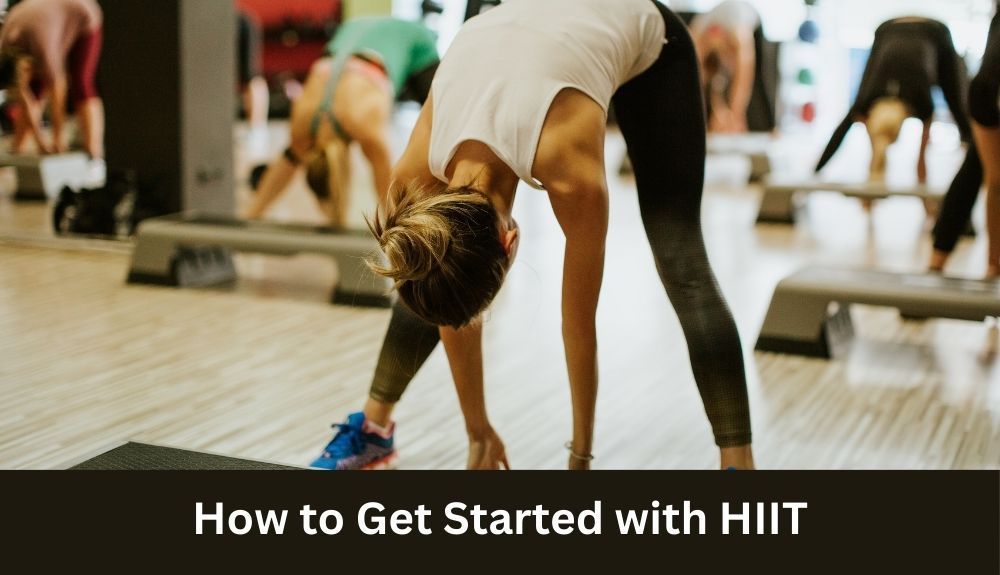
Getting started with High-Intensity Interval Training (HIIT) can seem intimidating, especially if you’re new to this type of workout. But fear not! With a little guidance and the right mindset, you’ll be on your way to crushing those HIIT workouts in no time.
First things first, set clear goals for yourself. What do you want to achieve through HIIT? Whether it’s improving cardiovascular health, building muscle tone, or losing weight, having a specific goal will help keep you motivated throughout your journey.
Next, choose the right exercises for your fitness level. There are endless options when it comes to HIIT workouts – from burpees and mountain climbers to sprints and jumping jacks. Start with exercises that challenge you but are still manageable. As you get stronger and more comfortable, gradually increase the intensity and duration of each exercise.
Don’t forget about proper form! It’s essential for preventing injuries and maximizing results. Take the time to learn correct technique for each exercise before diving into a full-blown HIIT routine. Consider working with a certified personal trainer who can guide you through proper form and provide modifications as needed.
Now it’s time to plan your workouts. HIIT sessions typically last anywhere from 10 to 30 minutes (excluding warm-up and cool-down). Aim for at least three sessions per week initially, allowing ample rest days in between for recovery.
When starting out, focus on shorter intervals of high-intensity work followed by longer periods of active recovery or rest. For example: 20 seconds of squat jumps followed by 40 seconds of walking lunges. Gradually increase both the intensity and duration of your high-intensity intervals as you progress.
Remember that consistency is key when it comes to seeing results from any fitness program – including HIIT. Stick with it even on days when motivation is lacking because those are often the most rewarding workouts!
Tips for Success and Safety
1. Start slow and progress gradually: When starting HIIT workouts, it’s important to ease into the intensity. Begin with shorter intervals or lower intensity levels and gradually increase as your fitness level improves. This will help prevent injuries and avoid overexertion.
2. Listen to your body: Pay attention to any signs of discomfort or pain during your HIIT sessions. If something doesn’t feel right, modify the exercise or take a break. Pushing through excessive pain can lead to injury, so always prioritize safety over pushing yourself too hard.
3. Warm up properly: Before diving into a high-intensity workout, make sure you warm up properly by engaging in light cardio exercises like jogging or jumping jacks. This helps raise your heart rate slowly and prepares your muscles for the intense bursts of activity that follow.
4. Incorporate rest days: Rest is an essential part of any workout routine, including HIIT training. Allow yourself at least one or two days off each week to give your body time to recover and rebuild strength.
5. Stay hydrated: Hydration plays a crucial role in maintaining energy levels during high-intensity workouts. Make sure you drink plenty of water before, during, and after your session to keep yourself adequately hydrated.
6. Focus on form: Performing exercises with proper form not only maximizes their effectiveness but also reduces the risk of injury. Take the time to learn proper technique for each exercise in your HIIT routine and pay attention to maintaining good posture throughout.
7. Experiment with different intervals: While traditional HIIT typically involves alternating between high-intensity bursts and short recovery periods, there are various ways you can structure intervals based on personal preference and fitness goals.
Consider trying Tabata-style workouts (20 seconds work/10 seconds rest), ladder workouts (gradually increasing/decreasing interval times), or EMOM (every minute on the minute) style routines.
Remember, success in HIIT workouts is not solely about going all-out every time.
Combining HIIT with Other Forms of Exercise

One of the great things about high-intensity interval training (HIIT) is that it can be easily combined with other forms of exercise to create a well-rounded and dynamic workout routine. Whether you enjoy strength training, yoga, or even just going for a run, incorporating HIIT into your existing fitness regimen can take your workouts to the next level.
If you’re someone who loves lifting weights, adding in some bursts of high-intensity cardio between sets can increase calorie burn and boost cardiovascular fitness. For example, after completing a set of squats or bicep curls, you could do 30 seconds of squat jumps or mountain climbers before moving on to the next set. This not only keeps your heart rate up but also challenges different muscle groups.
Yoga enthusiasts can also benefit from integrating HIIT into their practice. By interspersing intense bodyweight exercises like burpees or jumping lunges with flowing yoga sequences, you’ll enhance both strength and flexibility while getting an added cardiovascular challenge.
Runners looking to improve their speed and endurance can incorporate interval training into their regular runs. Instead of maintaining a steady pace throughout your entire run, try alternating between periods of sprinting at maximum effort and slower recovery jogs. This type of running not only helps build stamina but also increases aerobic capacity.
The key when combining HIIT with other forms of exercise is to listen to your body and find what works best for you. Start by gradually adding in short bursts of high-intensity activity during rest intervals or within specific exercises. As you become more comfortable and confident in pushing yourself harder, feel free to experiment with longer intervals or more challenging movements.
Remember that safety should always come first when engaging in any form of exercise – including HIIT. Make sure to warm up properly before starting any workout session and cool down afterward to allow your body time for recovery.
Conclusion
In this complete guide to high-intensity interval training (HIIT) workouts, we have explored the numerous benefits of incorporating this form of exercise into your fitness routine. From increased calorie burn and improved cardiovascular health to time efficiency and versatility, HIIT offers a range of advantages that make it an appealing choice for individuals looking to maximize their workout results.
While there may be some common misconceptions surrounding HIIT, such as the belief that it is only suitable for advanced athletes or that it leads to excessive muscle breakdown, we have debunked these myths and provided you with accurate information about how HIIT can benefit people at all fitness levels.
If you are interested in getting started with HIIT, remember to consult with a healthcare professional or certified trainer before beginning any new exercise program. It’s important to start slowly and gradually increase intensity over time while listening to your body’s cues. Remember, safety should always come first.
We have also shared a sample HIIT workout routine that you can try out, but feel free to customize it based on your preferences and fitness level. Whether you choose cardio-based exercises like sprinting or jumping jacks or opt for strength-training moves like squats and push-ups, the key is to maintain high intensity during work intervals followed by short periods of rest or active recovery.
To ensure success in your HIIT journey, stay consistent with your workouts while allowing yourself adequate rest days for recovery. Proper nutrition and hydration are also essential components of optimizing performance during HIIT sessions.
Don’t forget that incorporating other forms of exercise alongside your regular HIIT workouts can provide additional variety and overall fitness benefits. Mixing in activities like yoga for flexibility or resistance training for muscle building can create a well-rounded exercise regimen tailored specifically to your goals.

